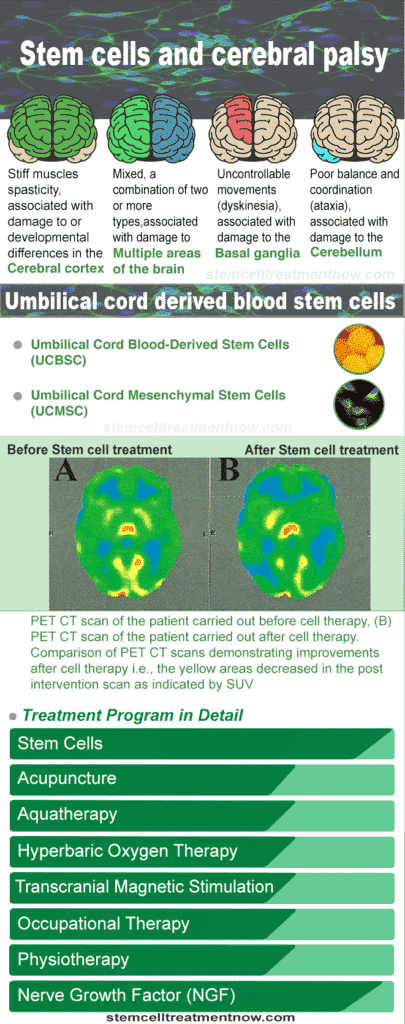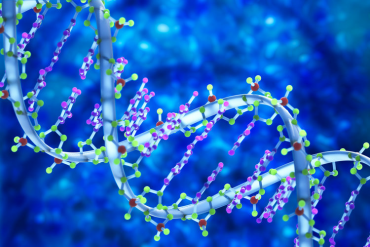

These receptors are "synthetic molecules, they don't exist naturally," explained Carl June, M.D., of the University of Pennsylvania Abramson Cancer Center, another leader in the cellular therapy field.Īfter the revamped T cells are “expanded” into the millions in the laboratory, they’re then infused back into the patient. “They have become a part of modern medicine.” " are now widely available in the United States and other countries and have become a standard treatment for patients with aggressive lymphomas,” Dr.


Nevertheless, after years of painstaking research, CAR T-cell therapies have entered the mainstream of cancer treatment, said Steven Rosenberg, M.D., Ph.D., chief of the Surgery Branch in NCI's Center for Cancer Research (CCR), an immunotherapy and CAR T-cell therapy pioneer. They have also come under criticism for their cost, which, in the case of the most recently approved CAR T-cell therapy, is more than $450,000. All are approved for the treatment of blood cancers, including lymphomas, some forms of leukemia, and, most recently, multiple myeloma.ĭespite the excitement around these therapies, they lead to long-term survival in fewer than half of the patients treated. Since 2017, six CAR T-cell therapies have been approved by the Food and Drug Administration (FDA). Although CAR T-cell therapies are not as widely used as immune checkpoint inhibitors, they have shown the same ability to eradicate very advanced leukemias and lymphomas and to keep the cancer at bay for many years. In a small percentage of patients, these treatment responses can last for years.ĭrugs called immune checkpoint inhibitors, for instance, are already in broad use to treat people with many types of cancer, including melanoma, lung, kidney, bladder, and lymphoma.īut another form of immunotherapy, called CAR T-cell therapy, has also generated substantial excitement among researchers and oncologists. That’s because immune system–boosting drugs have shown the ability to shrink, and even eradicate, tumors in some people with advanced cancer. Dozens of targeted therapies are now standard treatments for many cancers.Īnd over the past decade, immunotherapy-therapies that enlist and strengthen the power of a patient's immune system to attack tumors-has rapidly become what many call the "fifth pillar" of cancer treatment. The 2000s marked the emergence of targeted therapies like imatinib (Gleevec) and trastuzumab (Herceptin)-drugs that find and kill cancer cells by homing in on specific molecular changes seen primarily in those cells. These continue to be critical mainstays of treatment, but new categories of treatment have recently helped transform the treatment picture for people with cancer. 2016 13, 370–383.įor decades, the foundations of cancer treatment have been surgery, chemotherapy, and radiation therapy. “Driving CAR T cells forward.” Nat Rev Clin Oncol.


 0 kommentar(er)
0 kommentar(er)
